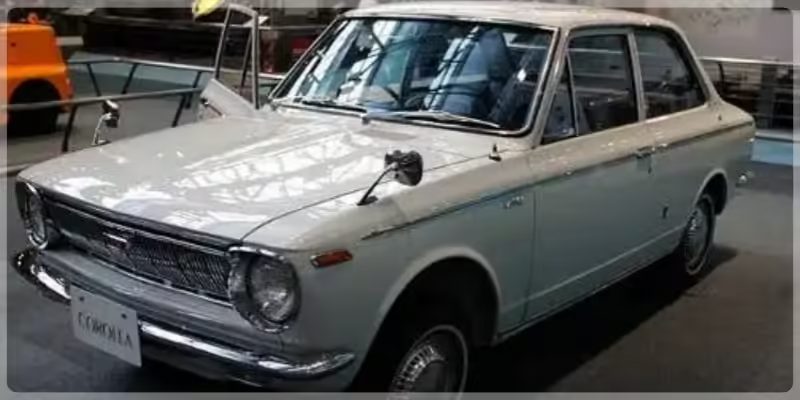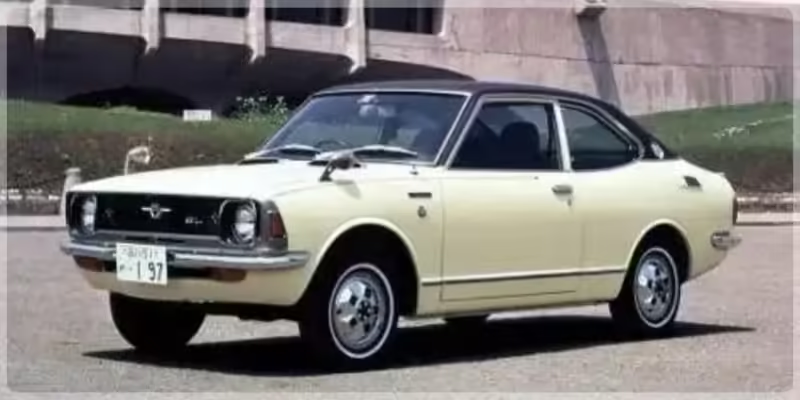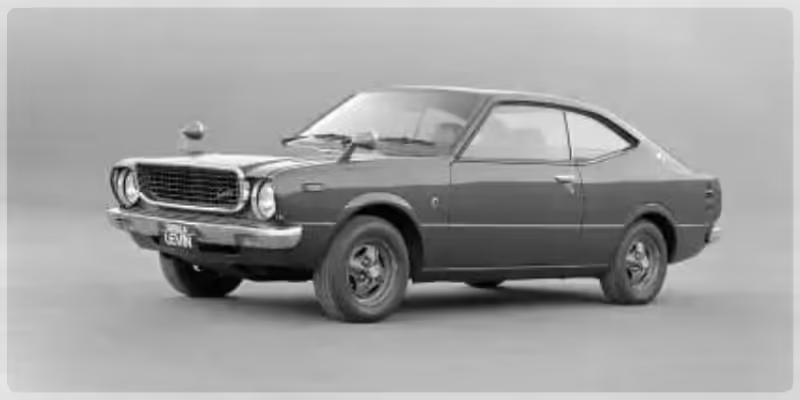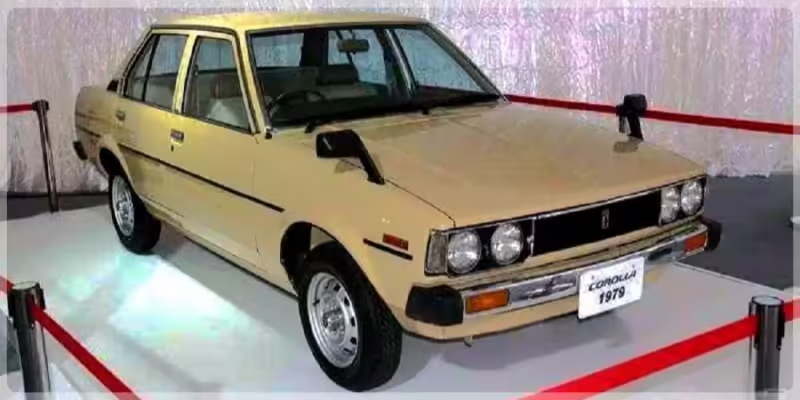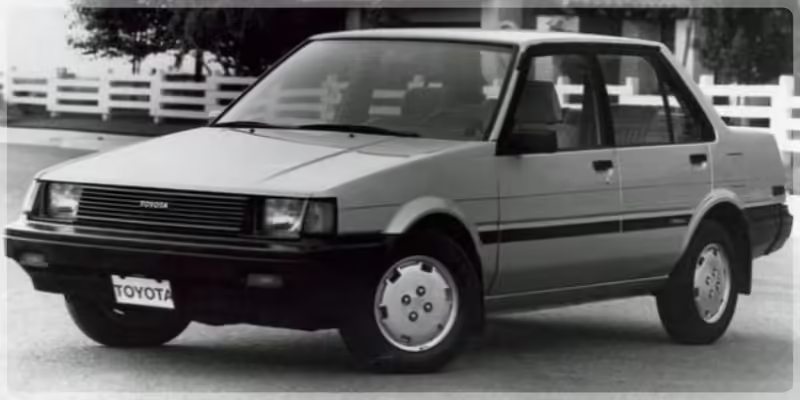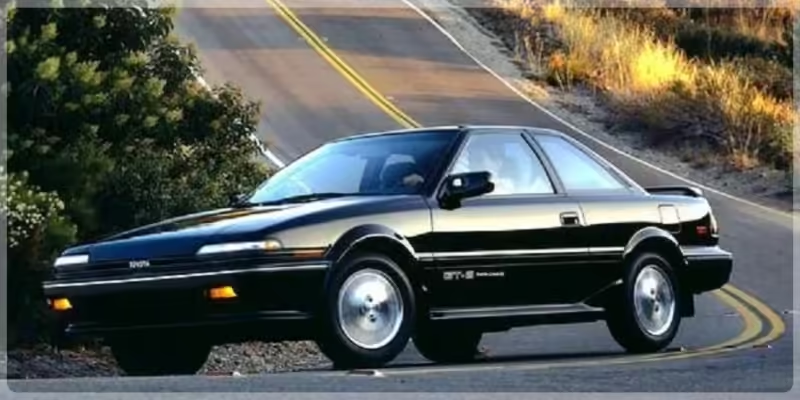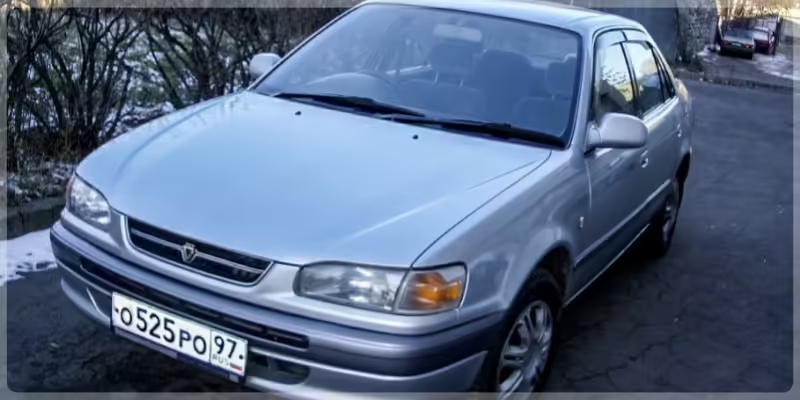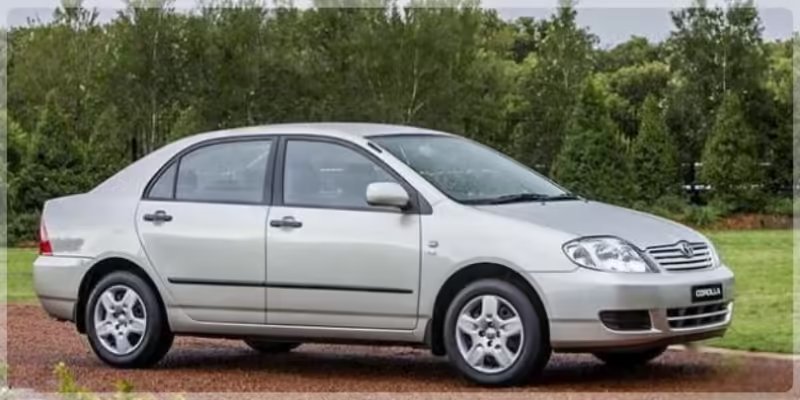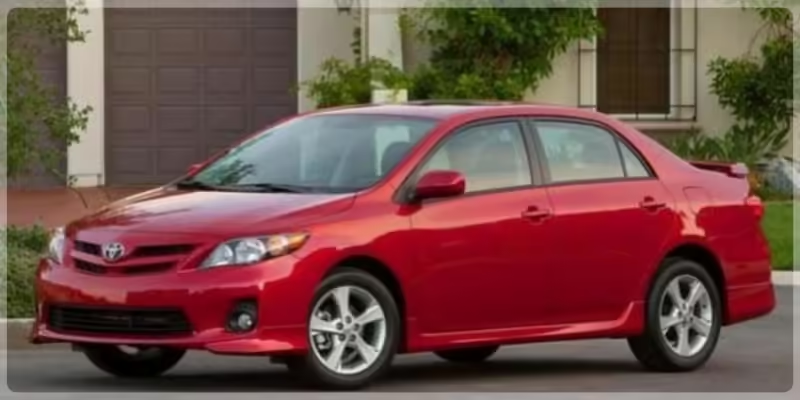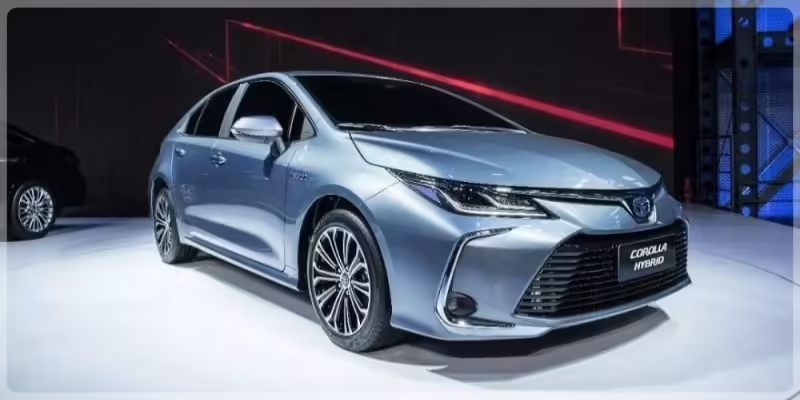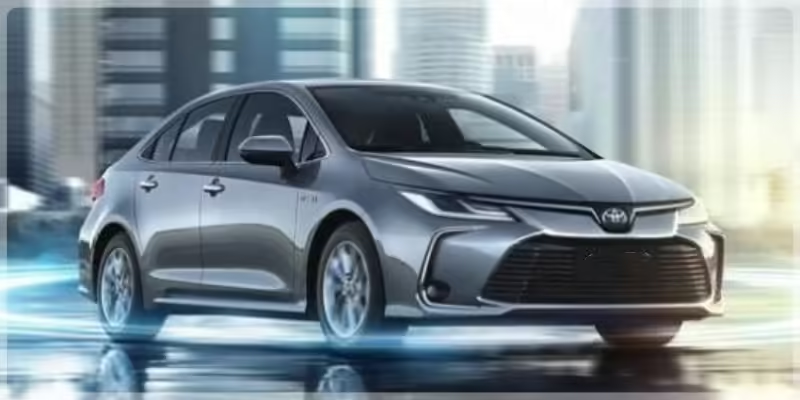Toyota Corolla: Twelve Generations
First Generation Toyota Corolla E10 (1966-1970)
The history of the Toyota Corolla dates back to 1966 when Toyota officially launched the model. Australia was the first country to import the Toyota Corolla. Due to its advanced technology and affordable price, the Toyota Corolla quickly gained popularity in the market, allowing many families to realize their dream of owning a car. To boost sales, Toyota equipped the first-generation Toyota Corolla with a range of standard features, including the rare curved glass of that time. Thanks to these innovations, the first-generation Toyota Corolla became Japan’s best-selling car model in 1969.
Second Generation Toyota Corolla E20 (1970-1974)
In May 1970, Toyota introduced the second-generation Toyota Corolla. Compared to its predecessor, the second-generation Toyota Corolla made significant improvements in comfort and model variety. The sportier versions performed exceptionally well in global rally races, including the Nigerian off-road rally, the American POR rally, and Japan's JMS championship series. In 1972, Toyota also launched high-performance versions of the Toyota Corolla, the Levin and Teueno, equipped with a 1.6L 2T-G engine, reaching a top speed of 190 km/h.
Third Generation Toyota Corolla E30/E40/E50/E60 (1974-1979)
The third-generation Toyota Corolla debuted in April 1974. This generation featured upgrades to the powertrain aimed at reducing fuel consumption and emissions while maintaining high quality. By lengthening the wheelbase and adding crumple zones, the third-generation Toyota Corolla significantly improved comfort and safety compared to its contemporaries, leading to a substantial increase in global sales.
Fourth Generation Toyota Corolla E70 (1979-1983)
The fourth-generation Toyota Corolla was introduced in March 1979. This generation was the first in the compact car segment to experiment with a luxury design approach, offering consumers more space and higher-end features. It was also the last generation to use rear-wheel drive across the entire range.
Fifth Generation Toyota Corolla (AE86) E80 (1983-1987)
The fifth-generation Toyota Corolla was launched in May 1983. This generation began focusing on family-oriented features, introducing front-wheel drive models while retaining the rear-wheel drive version, notably the AE86. The AE86 became one of the most legendary models in Toyota Corolla history due to its unique rear-wheel drive layout and exceptional handling performance.
Sixth Generation Toyota Corolla E90 (1987-1991)
The sixth-generation Toyota Corolla was launched in 1987, offering a diverse range of models including a three-door coupe, three-door hatchback, five-door fastback, and wagon. It featured engine options ranging from 1.3L to 1.8L, catering to different markets and price points. This generation demonstrated strong competitiveness in the compact car segment.
Seventh Generation Toyota Corolla E100 (1991-1995)
Released in June 1991, the seventh-generation Toyota Corolla offered significant advantages in both configuration and safety compared to its contemporaries. It excelled in comfort and luxury, meeting the standards of a mid-sized sedan. The vehicle's dimensions increased to 4369×1648×1359 mm, further enhancing its appeal.
Eighth Generation Toyota Corolla E110 (1995-2000)
The eighth-generation Toyota Corolla officially debuted in May 1995. This model featured a notable improvement in exterior design, harmonizing rounded and angular elements more effectively. It was offered in European, American, Japanese, and Australian versions, adapting to global market demands and becoming a truly international model.
Ninth Generation Toyota Corolla E120/E130 (2000-2006)
The ninth-generation Toyota Corolla was introduced in August 2000 and became the highest-selling Toyota Corolla model to date. It was the first Toyota Corolla to enter the Chinese market, where it was known as the "Toyota Corolla-ex" and quickly gained popularity. This generation underwent a comprehensive redesign, featuring a new chassis and powertrain, standard VVT-i, and the introduction of TRC and VSC technologies. It also boasted a high-rigidity GOA body, significantly improved interior space, and modernized exterior and interior designs.
Tenth Generation Toyota Corolla E140/E150 (2006-2010)
The tenth-generation Toyota Corolla was introduced in October 2006, with increased body dimensions and interior space, further enhancing its global appeal. The Chinese version of this generation followed the European design, focusing on practicality and cost-effectiveness. It was equipped with 1.6L and 1.8L engines and offered four transmission options: 5MT, 6MT, CVT, and 4AT, which improved the vehicle's overall performance.
Eleventh Generation Toyota Corolla E170 (2010-2018)
The eleventh-generation Toyota Corolla was launched in 2012, featuring a more stylish and vibrant appearance. Based on the Toyota Furia concept car, this generation showcased an enhanced interior quality. It came with 1.6L and 1.8L engines and introduced VVT-i and Valvematic technologies to improve power efficiency. In 2015, the Toyota Corolla Hybrid was introduced in the Chinese market, equipped with Toyota's THS II hybrid system, highlighting Toyota's foresight in new energy technologies.
Twelfth Generation Toyota Corolla E210 (2018-2023)
The twelfth-generation Toyota Corolla made its debut in Guangzhou, China, in 2018. It adopted the TNGA architecture, featuring a more dynamic exterior design that reflected Toyota's response to contemporary trends. The rear suspension system was upgraded from a torsion beam to a multi-link independent setup, further enhancing driving comfort and handling performance.
The Toyota Corolla's ability to surpass models like the Beetle and Jetta to become a leading global compact car is not only due to its forward-thinking design but also its adherence to the QDR (Quality, Durability, and Reliability) philosophy. This commitment to craftsmanship has made the Toyota Corolla a timeless classic, witnessing half a century of automotive evolution.
